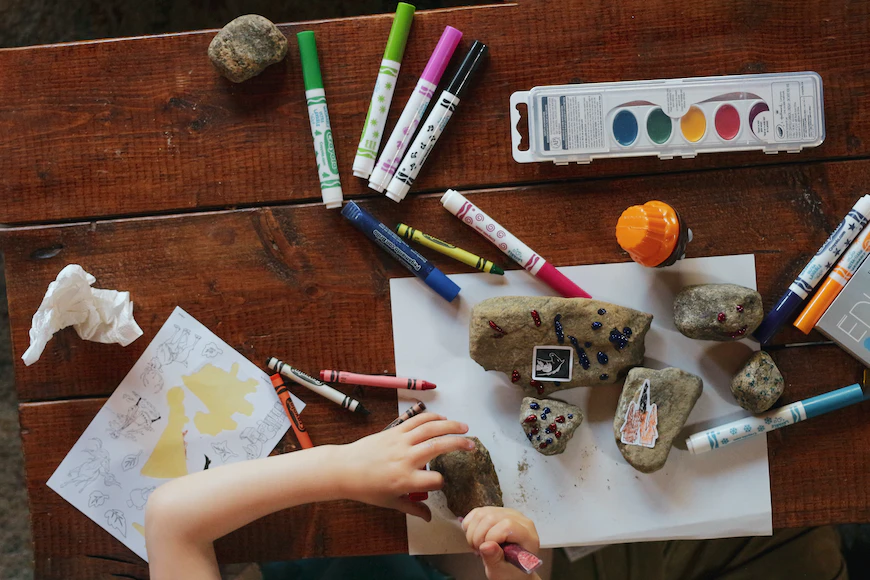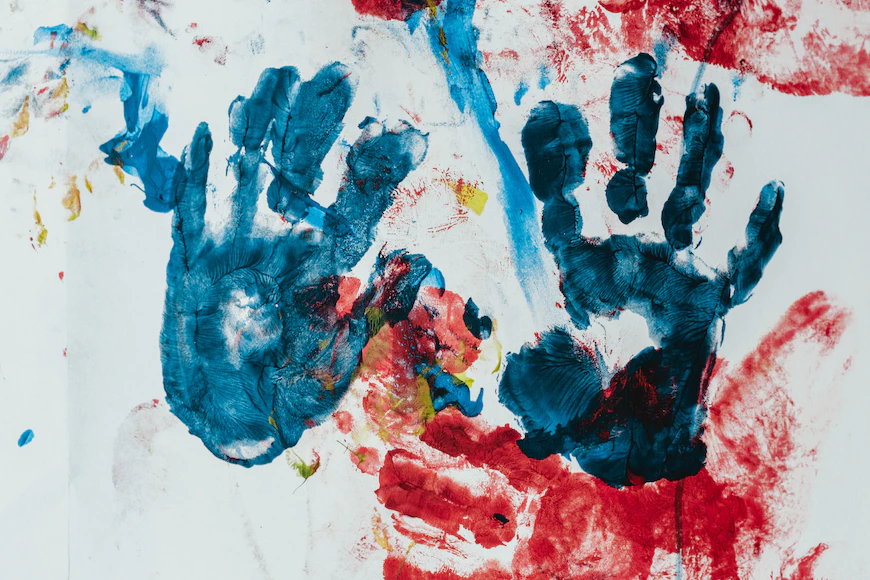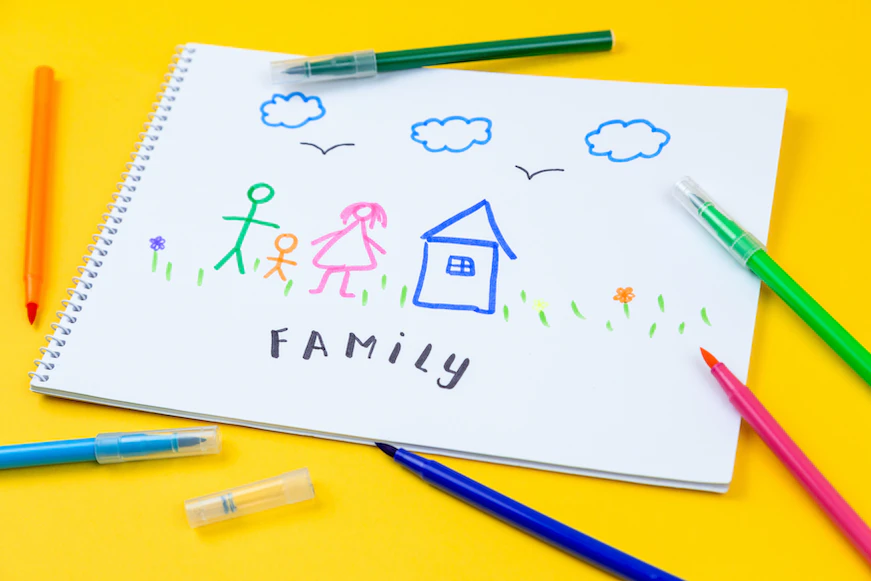“With love as a guide, parenting children with autism influences their speech, social connections, and exploration of their surroundings.”
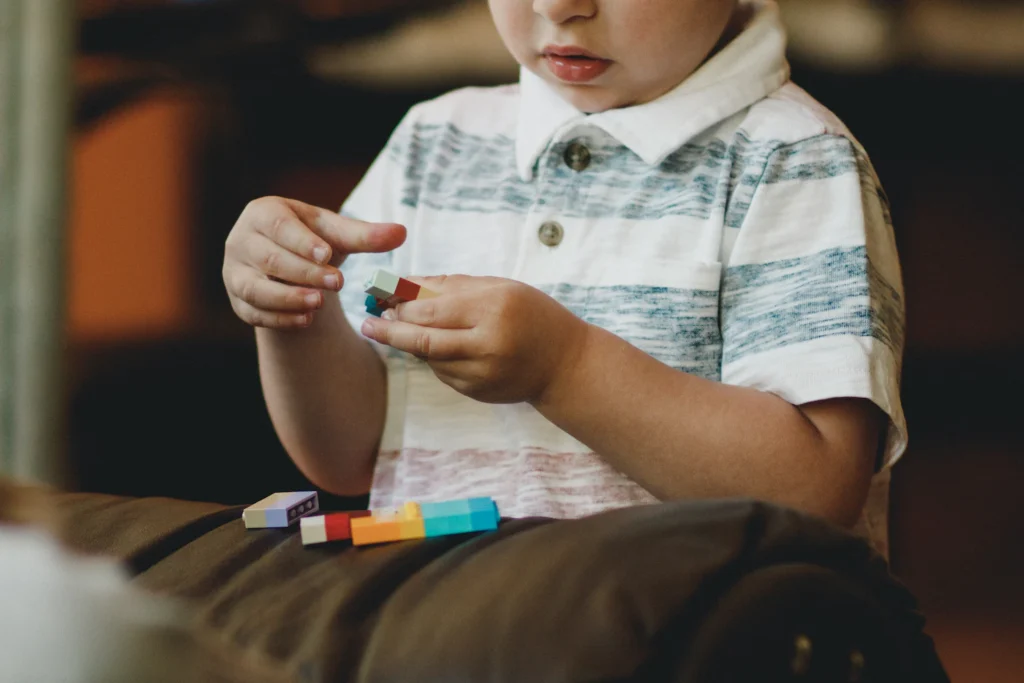
Navigating the journey of parenting a child with autism can be both rewarding and challenging. Autism spectrum disorder (ASD) is a complicated set of problems that influence a child’s development, including their ability to speak, connect socially, and navigate their surroundings. This article explores essential information for parents of autistic children, including symptoms and available treatment options.
Possible Symptoms of Autism in Children
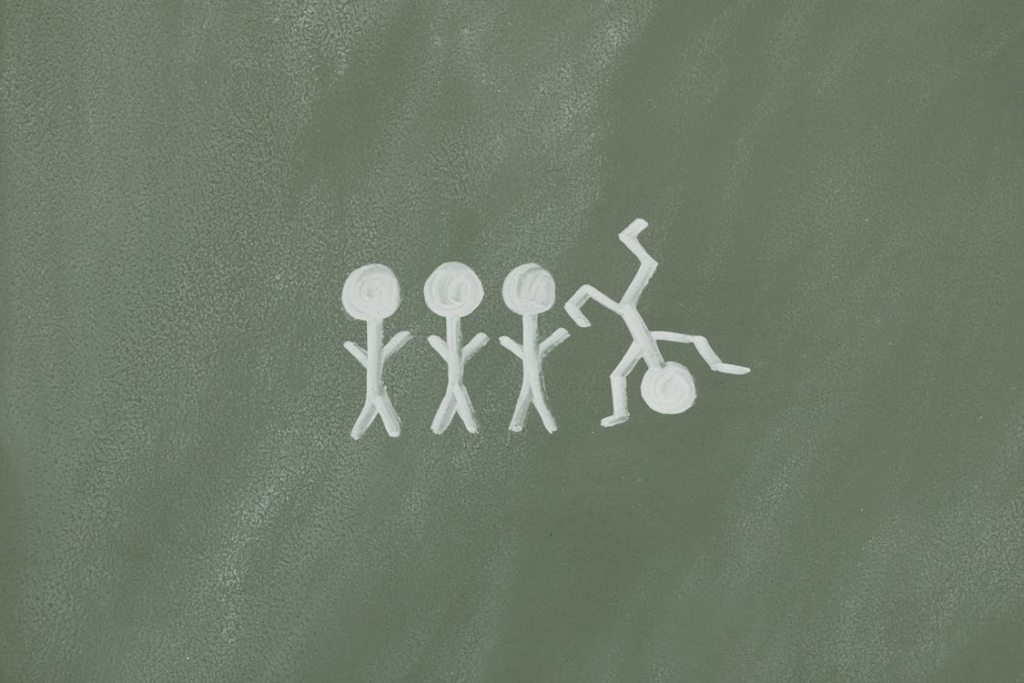
Kids with autism show different signs. Notably, these signs can differ between boys and girls. Girls with autism often present subtler symptoms, demonstrating greater adeptness at concealing their challenges, which can complicate the identification of the condition. As they grow, signs might change. A common early sign is difficulty making or sustaining eye contact. Challenges in communication also surface, ranging from delayed speech development to struggles in understanding and using language effectively.
Another characteristic involves difficulties in learning academic subjects and adapting to new changes, such as adjusting to unfamiliar environments or routines. Autistic children may exhibit strong reactions to loud noises and bright lights, which cause discomfort or distress. Repetitive actions are also a characteristic of autism in children. They might have their own special actions, such as clapping or rocking— their way of feeling calm.
Autism should only be diagnosed by medical professionals who will work closely with parents to conduct developmental monitoring, screening and diagnosis.
Some Factors That May Contribute to Autism
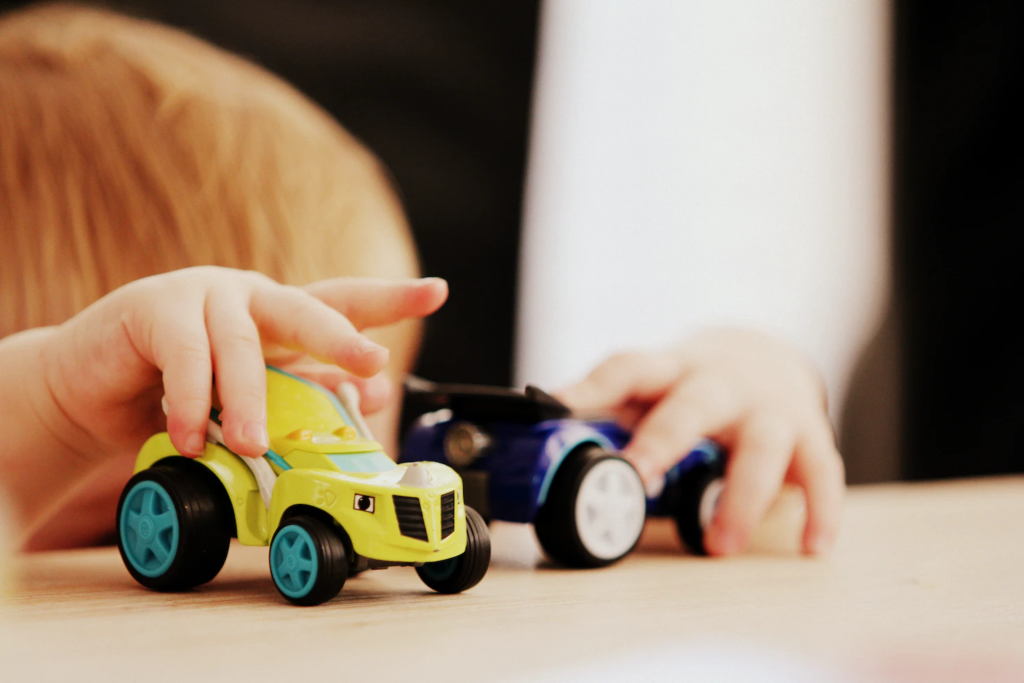
Before delving into the factors connected with autism, it’s important to note that the material offered here is not for diagnostic or therapy purposes. It is not a substitute for speaking with professional healthcare. Increased risk doesn’t imply a direct cause. For instance, certain gene changes linked to autism can be present in individuals without the disorder. Likewise, exposure to environmental factors associated with autism doesn’t guarantee that everyone exposed will develop the disorder.
According to research, autism tends to exhibit a familial pattern, with changes in specific genes playing a significant role in increasing the likelihood of a child developing autism. These genetic variations can be inherited from parents, even if the parents themselves do not have autism. These changes may occur spontaneously in the early stages of embryo development or within the sperm and/or egg. Additional factors that may increase the risk of autism include older parental age, complications during pregnancy and childbirth (such as extreme prematurity, low birth weight, or multiple pregnancies), and pregnancies occurring within a year of each other.
On the flip side, some factors seem to contribute to a lower risk of autism, such as taking prenatal vitamins with folic acid before conception and throughout pregnancy.
Treatment of Autism in Children

While a cure for autism hasn’t been found, effective treatments can significantly manage its symptoms. Certain medications may be given to treat specific symptoms or conditions linked with the disorder. This pharmacological intervention tries to provide additional support that is suited to the individual’s needs.
There are also various therapies that cater to the needs of autistic children:
- Occupational Therapy: This intervention focuses on equipping children with essential daily life skills, and fostering their independence in various activities.
- Applied Behavior Analysis (ABA): It focuses on improving communication and social skills
Tips for Parents of Autistic Children

Nurturing a child with autism comes with its share of challenges, but with the proper approach, the symptoms can be handled well. Autism is something that sticks around throughout life, so it needs ongoing attention. Here’s a bit more on what parents can do:
Stick to the plan:
Follow the steps laid out by the doctors and specialists. They’ve got strategies to make things easier and smoother for the child.
Connect with local support:
Joining local groups is a bit like finding teammates. There are other parents who’ve been through similar stuff. They share ideas and support each other. It’s like being part of a community that gets it. Here’s a list of local support groups in Singapore:
- Singapore Autism – Parents Need Support Too
- ADHD/ASD Warriors Singapore
- Friends of ASD Families
- Autism & Special Needs Community Singapore
- Autism Spectrum Disorder Singapore
Take care of yourself:
Parenting can be like running a marathon. It’s crucial to take breaks, rest, and do things that bring joy. This isn’t just about the child; it’s about keeping the parents in good shape too.
Keep an eye out early:
Think of it as having a radar. Watch for signs that might pop up early. The sooner these signs are spotted, the sooner action can be taken.
Practice patience with both yourself and your child, recognizing that there is ample time for growth and learning. Setbacks may occur—moments where you lose your temper or your child faces challenges fitting in at school. Embrace these experiences as opportunities to learn and improve. Commit to finding solutions. When progress is made, take the time to acknowledge and celebrate it. Offer praise to your child and recognize your own personal successes in the journey of growth.

